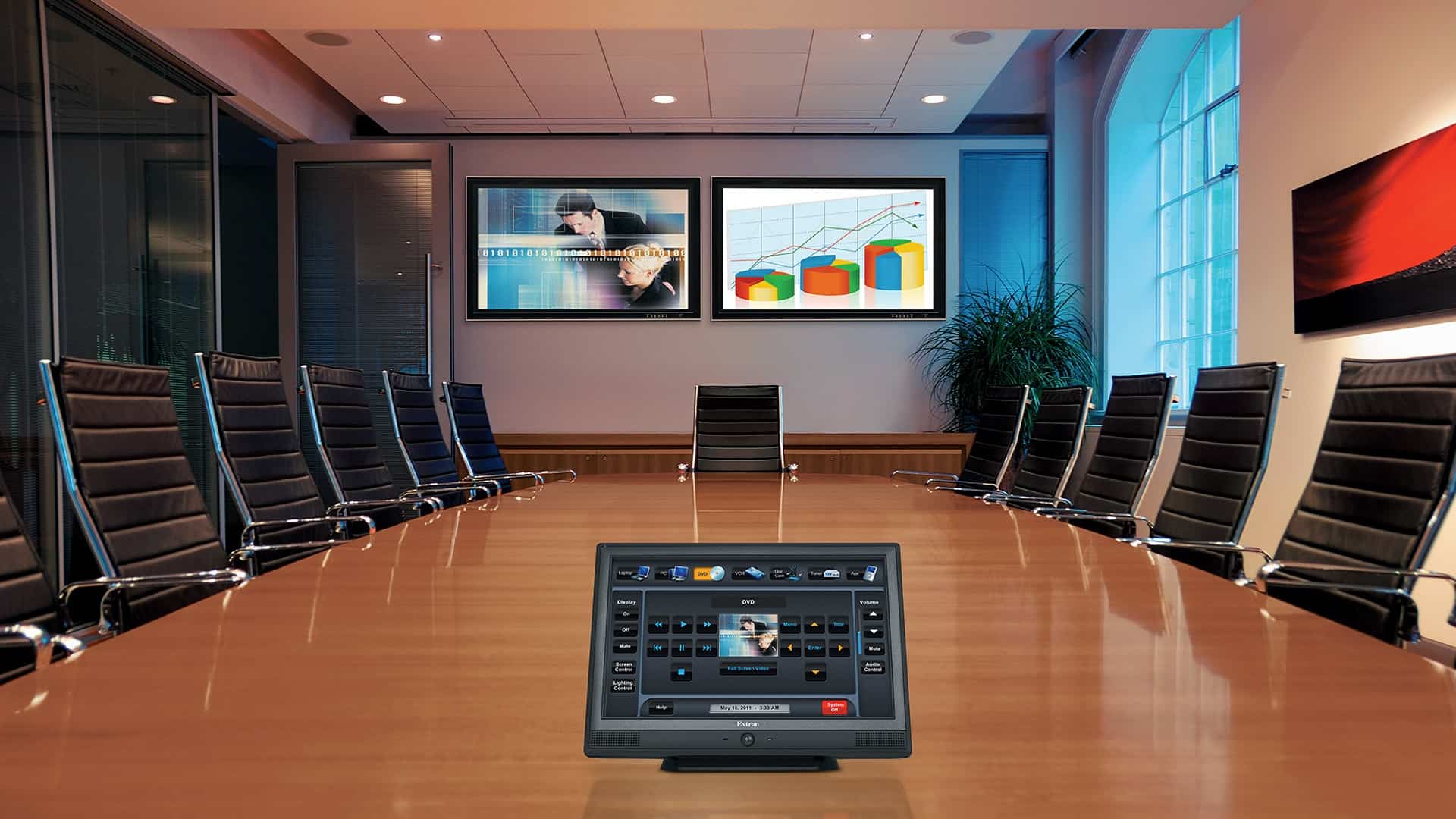Exploring the Evolution of Electronic Signage Technology and Its Influence on Installation Methods
Wiki Article
Electronic signage technology has come a long way since its inception. At first, displays were fixed and needed hands-on modifications, which could be time-consuming and challenging. With the progress of innovation, digital signage has developed into a dynamic and interactive medium. Today, screens can show lively graphics, videos, and live information, making them more engaging for viewers. This transformation has not only altered how information is displayed but has also transformed the way businesses and organizations interact with their audiences.

One of the crucial developments in digital signage technology is the utilization of high-definition displays. These displays offer improved resolution and hue accuracy, which enhances the overall observing experience. Additionally, the introduction of light-emitting diode and LCD systems has made it possible to create slimmer and lighter displays. This has enabled for more versatile installation choices, such as wall mounting, suspending, or even freestanding screens. As a result, businesses can select the most suitable setup that suits their environment and audience needs, making digital signage a adaptable solution for various environments.
Another notable advancement is the integration of media management systems (CMS). These platforms allow users to quickly create, plan, and manage content across multiple displays from a single platform. This capability is particularly advantageous for companies with multiple sites, as it guarantees consistent messaging and identity. Furthermore, many CMS systems offer cloud-based solutions, allowing remote control and instant updates. This means that companies can promptly respond to changes in data or promotions, maintaining their material current and pertinent.
The impact of digital signage technology on setup methods cannot be overlooked. With the rise of engaging screens and touchscreens, installation has become more complicated. Installers must now consider elements such as cabling, networking, and user interaction. Additionally, the need for appropriate installation and placement is crucial to ensure optimal sightlines and approachability. As a consequence, professional installation services have become more essential, as they offer expertise in both technology and design to develop effective digital signage systems.
In summary, digital signage network setup the development of digital signage technology has profoundly impacted setup methods and the way data is communicated. With advancements in display systems, media administration platforms, and setup techniques, businesses can develop engaging and effective signage that captures the focus of their viewers. As digital signage keeps to expand and develop, it will undoubtedly play a vital role in shaping the future of interaction in multiple sectors.